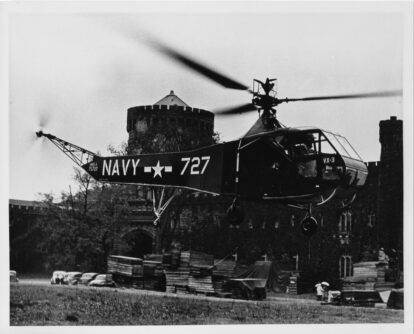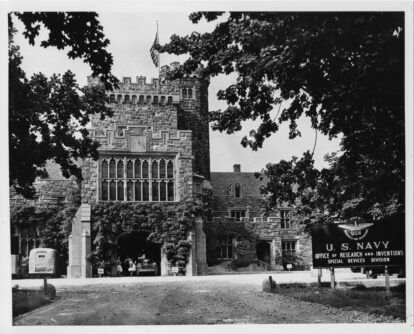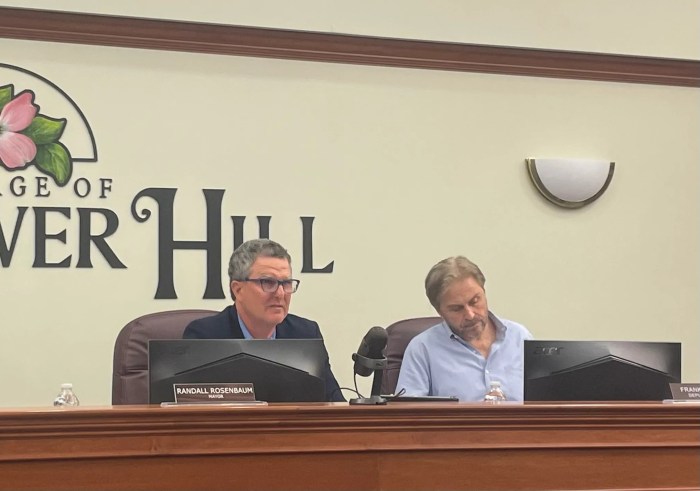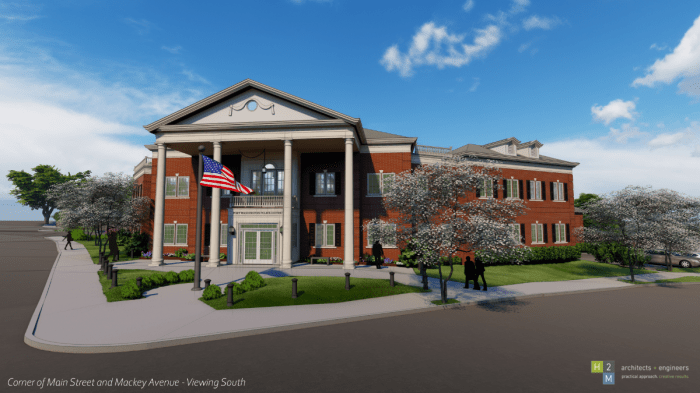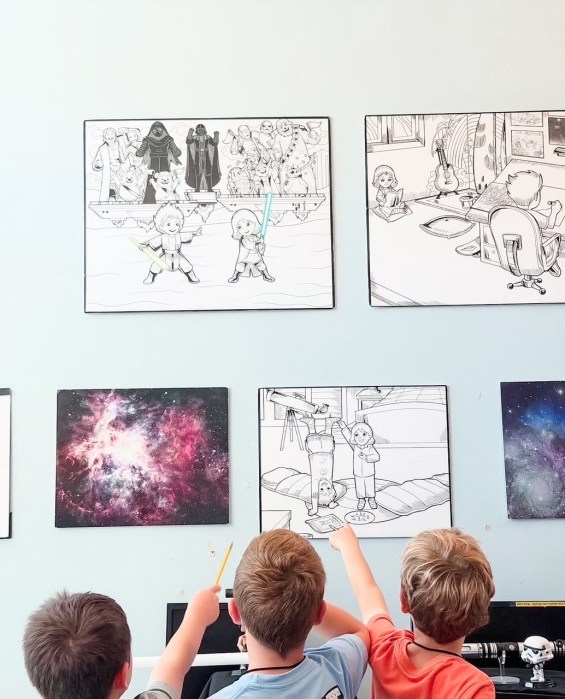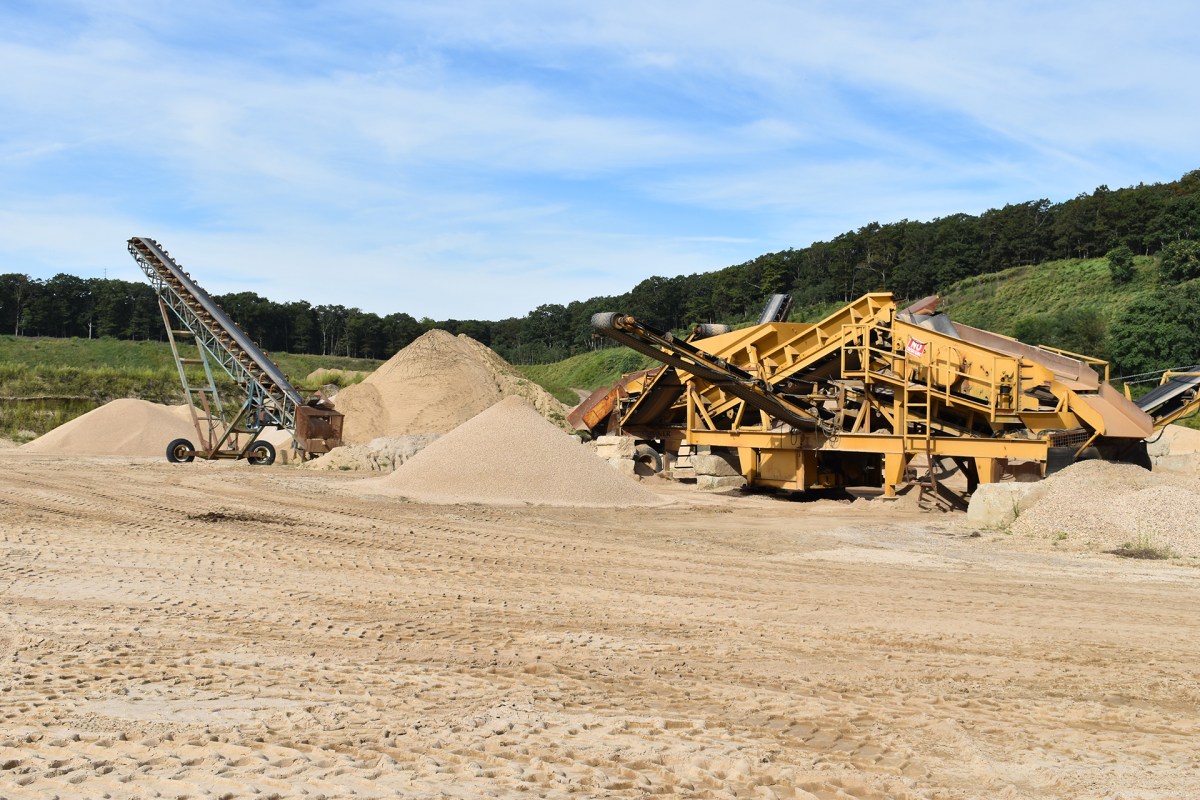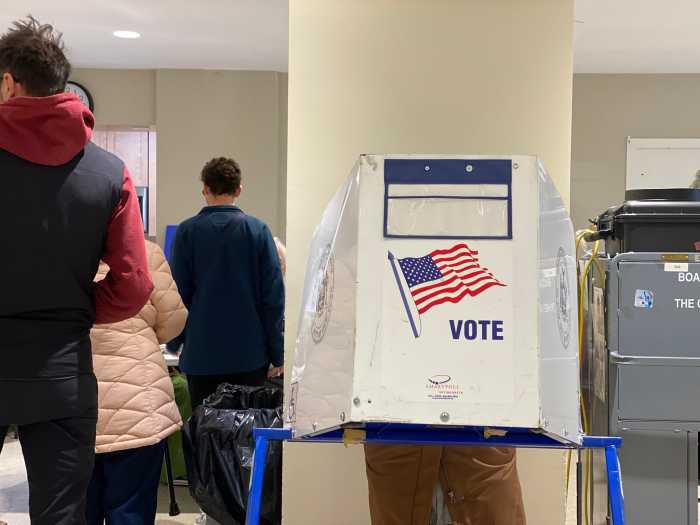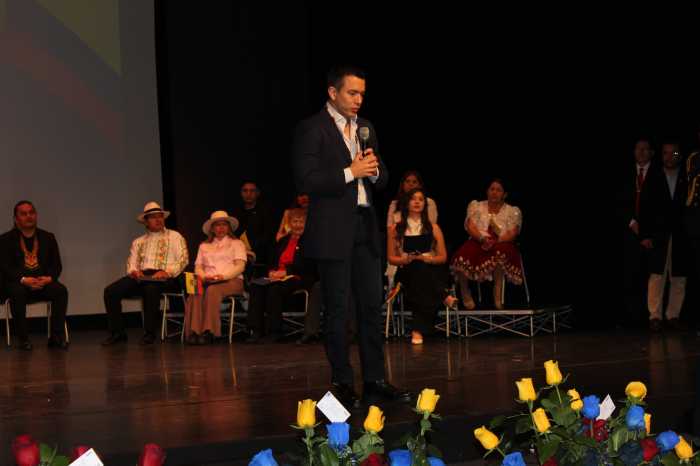The new Sands Point Preserve Navy Simulation Museum will celebrate its opening on Veteran’s Day, Monday, Nov. 11, from 12 p.m. to 4 p.m.
During World War II, flight simulators gave military pilots in the United States and its allies the skills to fly by instrument when visibility was poor and to gain superiority in air-to-air gunnery, enabling our military to have a distinct advantage over the enemy.
This marked the dawn of the $4.89 billion military simulator market. This expanding industry saw much of its earliest and most significant development during the U.S. Navy’s time at the Sands Point Preserve.
Simulation applications have grown to include space, homeland security, commercial airlines, entertainment, environment, transportation, medical, gaming, sports, aircraft design and many more.
“Visitors to the Sands Point Preserve enjoy the beautiful grounds and the majestic castles of the Gould and Guggenheim families,” Sands Point Preserve Conservancy Executive Director Jeremiah Bosgang said. “But few realize that the simulation industry had its birth in these same castles. This museum is of national significance: the US Navy and simulation are inextricably linked to the Sands Point Preserve-it all happened here.”
The opening of The Sands Point Preserve Navy Simulation Museum showcases the history of military simulation, which was developed on the preserve’s grounds.
The new museum is anchored by an original Link Trainer (Blue Box) on loan from the U.S. Navy. It was the first flight simulator to incorporate pneumatic technology, and its instruments were used to train more than 500,000 pilots during World War II. The Link Trainer brought aviation into the modern era, making flight safe for the military, as well as commercial and general aviation.
Also on display and for use at the museum, thanks to a grant from the Naval Air Warfare Center Training Systems Division (NAWCTSD), is an interactive modern-day commercial-grade flight simulator.
From 1946 through 1967, on the grounds of what is now the Sands Point Preserve, the Navy conducted research and designed, developed, acquired, and fielded flight simulators and other training devices to support all warfare areas, including the U.S. Army through the Army Participation Group. The property had been donated by Florence Guggenheim to the Institute of Aeronautical Sciences, which sold it in 1946 to the U.S. Navy. Admiral Luis de Florez, a pioneer in “Synthetic Training,” moved his Special Devices Center from Washington, D.C., to Sands Point, which was later renamed the Naval Training Device Center (NTDC).
On this site in Sands Point, the Navy employed not only military staff but also 800 civilians at its peak of operations during the 1950s and 1960s. In 1967, the NTDC moved to Orlando, where it still operates today.
“This is an untold and important part of our nation’s history and a national treasure that needs to be taught and celebrated,” Henry (Hank) Okraski said. Okraski is a U.S. Navy SES-Retired, P.E., CMSP, who worked at the NTDC in Sands Point, relocated to Orlando with NTDC, and volunteered his vision, creativity, time and energy in the Museum’s creation.
The new museum highlights a collection of military artifacts, including items donated by the U.S. Navy and U.S. Army. The space will be open to the public at select times and available for private tours, lectures, and STEM programs for school and education groups, researchers, historians, active-duty military and veteran groups.
Phase I of The Sands Point Preserve Navy Simulation Museum is located inside Castle Gould, in a second-floor classroom once used to train military staff. Plans for Phase II include refurbishing the Butler Building, a facility on the preserve’s grounds, relocating the Museum there, and expanding the collection to include a hands-on Aircraft Cockpit Procedures Trainer, among other large-scale artifacts.
The museum will be open to the public on Saturdays and Sundays from noon to 4 p.m. and at other times TBA for special programming.
Parking at the Preserve is $15/vehicle (free to members), and admission to the simulation museum is an additional $5 per individual over the age of 10.
For more details, visit http www.sandspointpreserveconservancy.org
